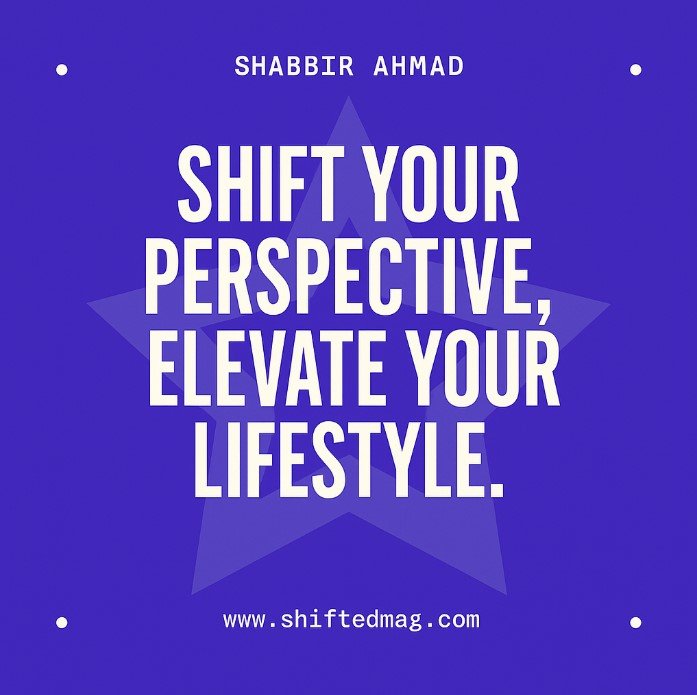Programming
What is Data Labeling? The Backbone of AI and Machine Learning

Imagine teaching a toddler to recognize animals. You show them pictures, point, and say, “That’s a cat. This is a dog.” Without those labels, the toddler guesses – and gets it wrong half the time. AI works the same way. Data labeling is the process of tagging raw data (images, text, audio) so machines can learn. Skip this step, and your “smart” AI becomes a very expensive guesser. Let’s break down how it works, why it’s messy, and where it’s making waves.
Data Labeling: Types and Real-World Uses
Not all labels are created equal. The type depends on your AI’s goal:
| Data Type | Labeling Task | Real-World Example |
| Images | Draw boxes around objects | Medical AI spotting tumors in X-rays. |
| Text | Tag sentiment (positive/negative) | Chatbots understanding customer complaints. |
| Audio | Transcribe speech + identify tone | Voice assistants like Siri responding to accents. |
| Video | Track objects across frames | Self-driving cars recognizing pedestrians at night. |
The Catch: A label that works for one project might fail another. Tagging stop signs for a U.S. self-driving car won’t help in India, where signs look different.
Why Data Labeling is a Nightmare (and How to Survive)
Data labeling sounds simple. It’s not. Here’s what goes wrong:
1. Subjectivity
- Two labelers tag the same image differently. Is that a “happy” or “neutral” customer?
- Fix: Clear guidelines. For example, “Label ‘happy’ only if the person smiles with teeth.”
2. Scale
- Training a basic image model needs 10,000+ labeled photos. For complex tasks (e.g., cancer detection), you’ll need millions.
- Fix: Use semi-automated tools. Pre-label with AI, then refine manually.
3. Cost
| Data Type | Cost per Unit | Hidden Risks |
| Simple Images | 0.10–0.30 (e.g., cats) | Cheap labels often mean low quality. |
| Medical Images | 1–5 (e.g., tumors) | Requires experts – radiologists don’t work for free. |
| Text | 0.05–0.20 per sentence | Sarcasm or slang trips up non-native labelers. |
A startup once spent $50k labeling product photos. The vendor used freelancers who mislabeled “blue” as “green.” The AI failed, and they started over.
Who’s Doing It Right? Case Studies
Tesla’s Autopilot
Task: Labeling cars, pedestrians, and traffic lights in millions of video clips.
Trick: Use simulated data. Create virtual scenarios (e.g., rain, fog) to train models without manual labeling.
DeepMind’s Protein Folding
Task: Labeling 3D protein structures.
Hurdle: Only a few hundred experts worldwide can do this accurately.
Trick: Crowdsource scientists via games like Foldit.
TikTok’s Recommendation Engine
Task: Labeling video content (e.g., “dance,” “cooking”).
Hurdle: Trends change hourly. Yesterday’s “viral dance” is today’s cringe.
Trick: Let creators add hashtags (free labels!), then refine them with AI.
Tools and Platforms: What to Use
DIY Labeling
Pros: Full control.
Cons: Slow. You’ll need to train labelers.
Tools: Label Studio (free), CVAT (open-source).
Outsourcing
Pros: Fast scaling.
Cons: Quality varies wildly.
Tools: Scale AI (premium), Amazon Mechanical Turk (budget, but risky).
Auto-Labeling
Pros: Cuts costs by 50–70%.
Cons: Still needs human checks.
Tools: Snorkel (weak supervision), Prodigy (active learning).
Pro Tip: Mix methods. Use AI for easy tasks (tagging cats), and humans for hard ones (medical imaging).
The Sad Truth: Bias Creeps In
Labels reflect human biases. A famous example: is facial recognition systems trained mostly on light-skinned men who struggled with darker skin tones.
How to Fight It:
- Audit labels for demographic balance.
- Pay diverse labelers (e.g., include non-native speakers for multilingual projects).
- Test models on edge cases before launch.
The Bottom Line
Data labeling isn’t glamorous, but it’s the foundation of every AI project. Cut corners here, and your model crumbles. Invest in clear processes, quality checks, and the right tools.
Need help with data labeling? Teams like S-PRO handle everything from medical imaging to multilingual text tagging. Their AI developers will show you their labeling playbook – no jargon, just results. Start with a free IT consulting.
-

 Social Media2 months ago
Social Media2 months agoWhat the “67” TikTok Meme Really Means
-

 Tech2 months ago
Tech2 months agoWhat To Do When Your Business Faces Network Vulnerabilities
-

 Self Improvement2 months ago
Self Improvement2 months agoUsing BCBS Rehab to Access Quality Addiction Care
-

 Games2 months ago
Games2 months agoPusoy Strategies for Play That Also Work in Pusoy Dos in English






